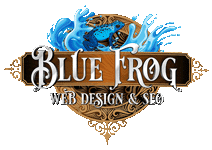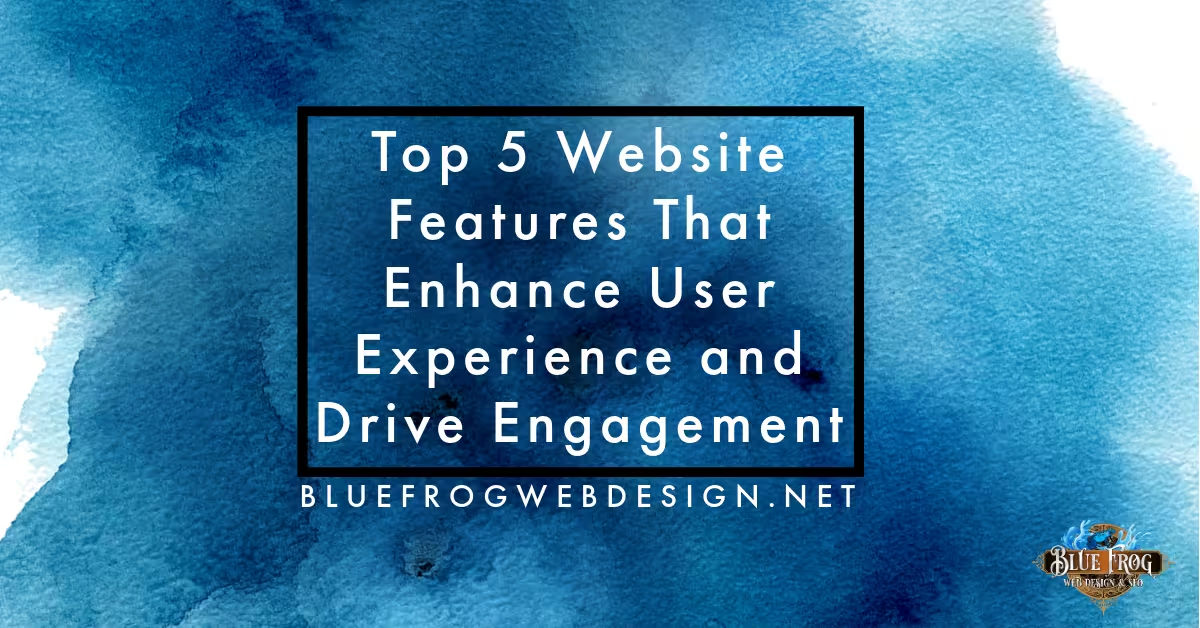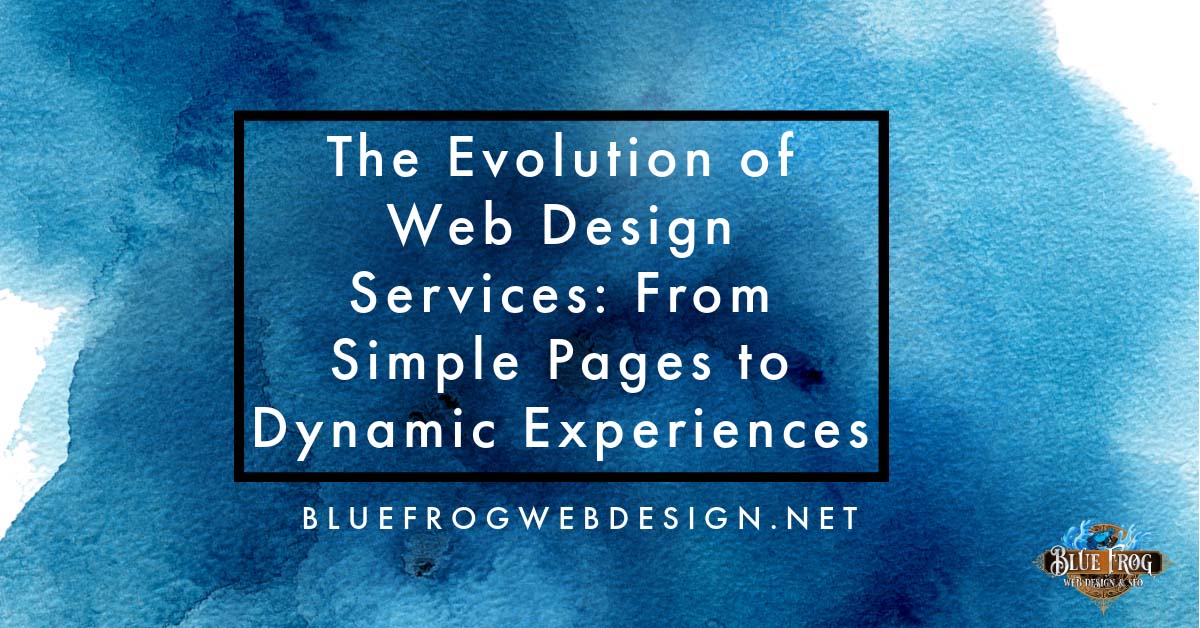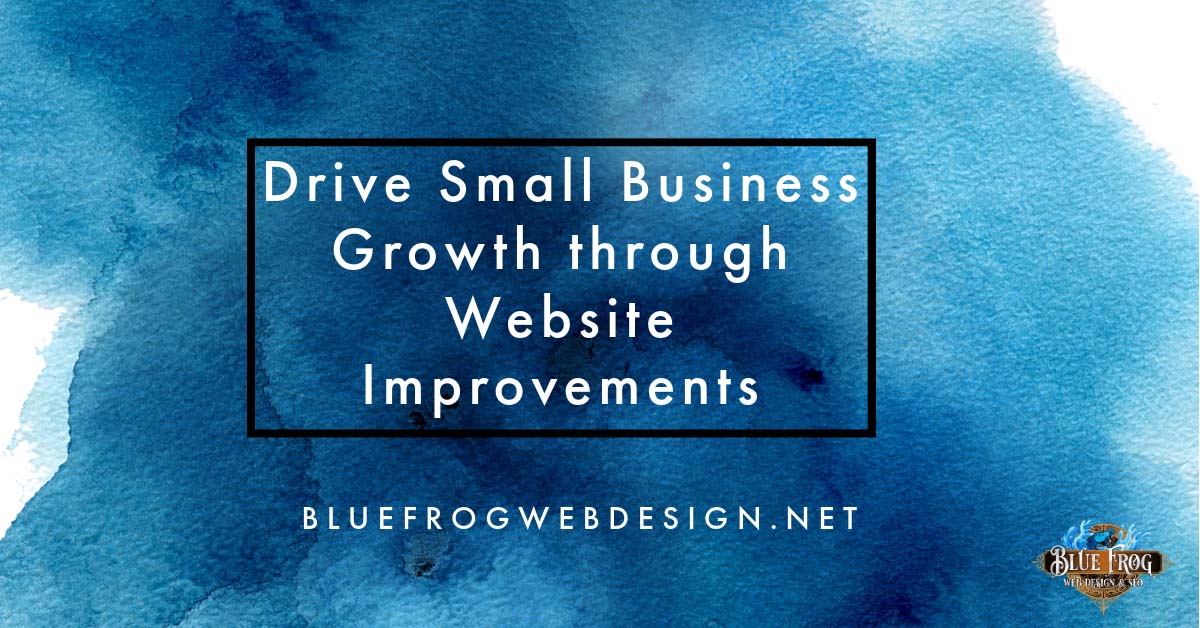![inclusive web design creating accessible and user friendly online experiences[110855]](https://bluefrogwebdesign.net/wp-content/uploads/2023/10/Inclusive-Web-Design-Creating-Accessible-and-User-Friendly-Online-Experiences110855.jpg)
inclusive web design creating accessible and user friendly online experiences[110855]
Needless to say, accessibility in web design isn’t just a feature—it’s a fundamental necessity. By prioritizing inclusivity, we pave the way for a positive user experience for all visitors.
In this post, we’ll delve into the key principles and practices that make inclusive web design a cornerstone of creating welcoming and effective user-friendly online experiences.
The Fundamentals of Inclusive Web Design
Initially, inclusive web design hinges on one crucial framework: POUR:
- Permeability ensures that information is presented in a way that all users can sense, whether through sight, hearing, or touch.
- Operability guarantees that navigation and interactive elements are smooth and intuitive for everyone.
- Understanding focuses on the clarity of content, ensuring it’s digestible and meaningful for a broad audience.
- Robustness ensures that websites remain functional across various devices and platforms.
This acronym serves as a guiding beacon for designers, emphasizing key aspects that must be addressed. In embracing these fundamental principles, we pave the way for a more inclusive online landscape where all users can engage with content effortlessly and enjoyably.
Thankfully, when it comes to putting these principles into practice, platforms like WordPress play a pivotal role. By leveraging the accessibility features within WordPress, you can create websites that adhere to these principles seamlessly. This not only ensures that your website is inclusive but also helps attract more people to your WP site. With the right design choices and attention to inclusivity, you can broaden your audience, making your content accessible to diverse users.
Navigating Challenges: Common Accessibility Barriers
That said, inclusive web design and user-friendly online experiences involve navigating common accessibility barriers to ensure everyone can access and engage with online content:
- First, addressing visual impairments is a crucial step. This means providing alternative or alt text for images, which allows screen readers to describe visual content to users who can’t see it.
- Catering to auditory needs is equally important. This includes providing transcripts for audio content, making it accessible to those who may be deaf or hard of hearing.
- Additionally, using ARIA labels and creating descriptive links aids in providing clear navigation cues.
- Lastly, captions for videos and audio descriptions further enhance the experience. They do so by ensuring that all users can comprehend and enjoy multimedia content.
These measures are key components of Accessibility 101, but they bear noting here. By prioritizing these measures, you’re breaking down barriers and creating an inclusive online environment where everyone can access and benefit from your content regardless of their abilities. This embodies the essence of inclusive web design, ensuring no one is left behind and reinforcing the principle that the web should be a space for all to navigate, learn, and connect.
Inclusive Web Design and SEO: A Symbiotic Relationship
Finally, inclusive web design and SEO share a symbiotic relationship, with each benefiting the other. This should help explain our earlier note on attracting users, as well as the focus on accessibility and User Experience (UX) that SEO guides often stress.
For one, accessibility plays a pivotal role in search engine rankings. Search engines prioritize user-friendly websites, and by embracing inclusive web design, you’re essentially creating a site that’s easy for both humans and search engines to navigate. Optimizing images and media is a key component of this relationship. By providing descriptive alt text for images, not only are you enhancing accessibility for screen readers, but you’re also giving search engines valuable information about your content. This can lead to higher rankings in search results.
Metadata and descriptive headings are also critical factors. Clear and concise metadata provides search engines with context about your content, helping them understand its relevance to user queries. Descriptive headings not only improve the overall readability and accessibility of your content, but they also serve as important cues for search engine algorithms.
Additionally, ensuring compatibility with keyboards and assistive technologies for user-friendly online experiences further strengthens this relationship. This means that your website is not only accessible to a wider audience but also aligns with search engine optimization best practices.
By harmonizing inclusive web design principles with SEO strategies, you’re not only creating a more accessible online experience but also positioning your website for improved visibility and discoverability in search engine results. This holistic approach benefits both users and search engines, resulting in a more inclusive and impactful web presence.
Inclusive Web Design Best Practices
With all that in mind, let’s delve into key inclusivity best practices. Consider how the following put the above principles into practice in no particular order.
Designing for Mobile Accessibility
Designing for mobile accessibility is a crucial aspect of inclusive web design. With the increasing use of smartphones, it’s essential to ensure that your website is user-friendly on smaller screens. This means using responsive design techniques to adapt your content and layout for various devices.
Pay attention to touch targets, ensuring they’re large enough for easy tapping and provide enough spacing between elements to prevent accidental clicks. Additionally, consider the use of clear and legible fonts that are easy to read on mobile screens.
By prioritizing mobile accessibility, you’re ensuring that all users, regardless of their device, can access and interact with your content seamlessly. This not only enhances the user experience but also extends the reach of your website to a wider, mobile-leaning audience.
Prioritizing Universal Design Elements
In addition, inclusive web design hinges on prioritizing universal design elements like color contrast, typography, and clear navigation:
- Ensuring sufficient color contrast between text and background makes content easy to read for everyone, including those with visual impairments.
- Choosing legible fonts and maintaining a consistent typography style enhances readability, benefiting users across the board.
- Clear navigation is equally vital, guiding visitors through your site intuitively. This means organizing menus logically, providing descriptive labels, and offering alternative navigation options for those using assistive technologies.
By giving attention to these fundamental design elements, you create a digital space that’s accessible and user-friendly for a diverse audience. This improves the overall user experience and demonstrates a commitment to inclusivity, making your website welcoming to all.
Ensuring Compatibility with Screen Readers
Finally, inclusive web design involves ensuring compatibility with screen readers, a vital tool for those with visual impairments. This means structuring web content in a way that screen reading software can accurately interpret and present to users.
Providing descriptive alt text for images allows screen readers to convey visual information, ensuring no details are missed. As it does, it also enhances SEO and widens your images’ reach. Using semantic HTML elements and proper heading structures is also crucial, as this helps screen readers navigate and understand the content.
Additionally, ensuring that interactive elements are focusable and have descriptive labels ensures that users can interact with them using assistive technology. As you do, you’ll also be improving UX for all your users and polishing your web design toward that end.
Embracing Accessible and User-Friendly Online Experiences for a Better Online World
In summary, inclusive web design is a beacon of inclusivity, ensuring that online experiences are accessible to everyone. The benefits of this approach are far-reaching, too, transcending mere usability. It fosters a sense of belonging, acknowledging that the web is a space for all, regardless of abilities or disabilities. It also improves UX for all users and synergizes with SEO best practices, making it beneficial for everyone.
In embracing inclusive web design, we significantly stride towards a digital landscape that leaves no one behind. Let’s continue this journey together, championing accessibility and creating user-friendly online experiences that enrich the lives of all who engage with them.
Image source: https://unsplash.com/photos/v9FQR4tbIq8






Need help with your marketing?
Let my team help you like we’ve helped lots of other businesses dominate their rankings and attract better-quality leads.










